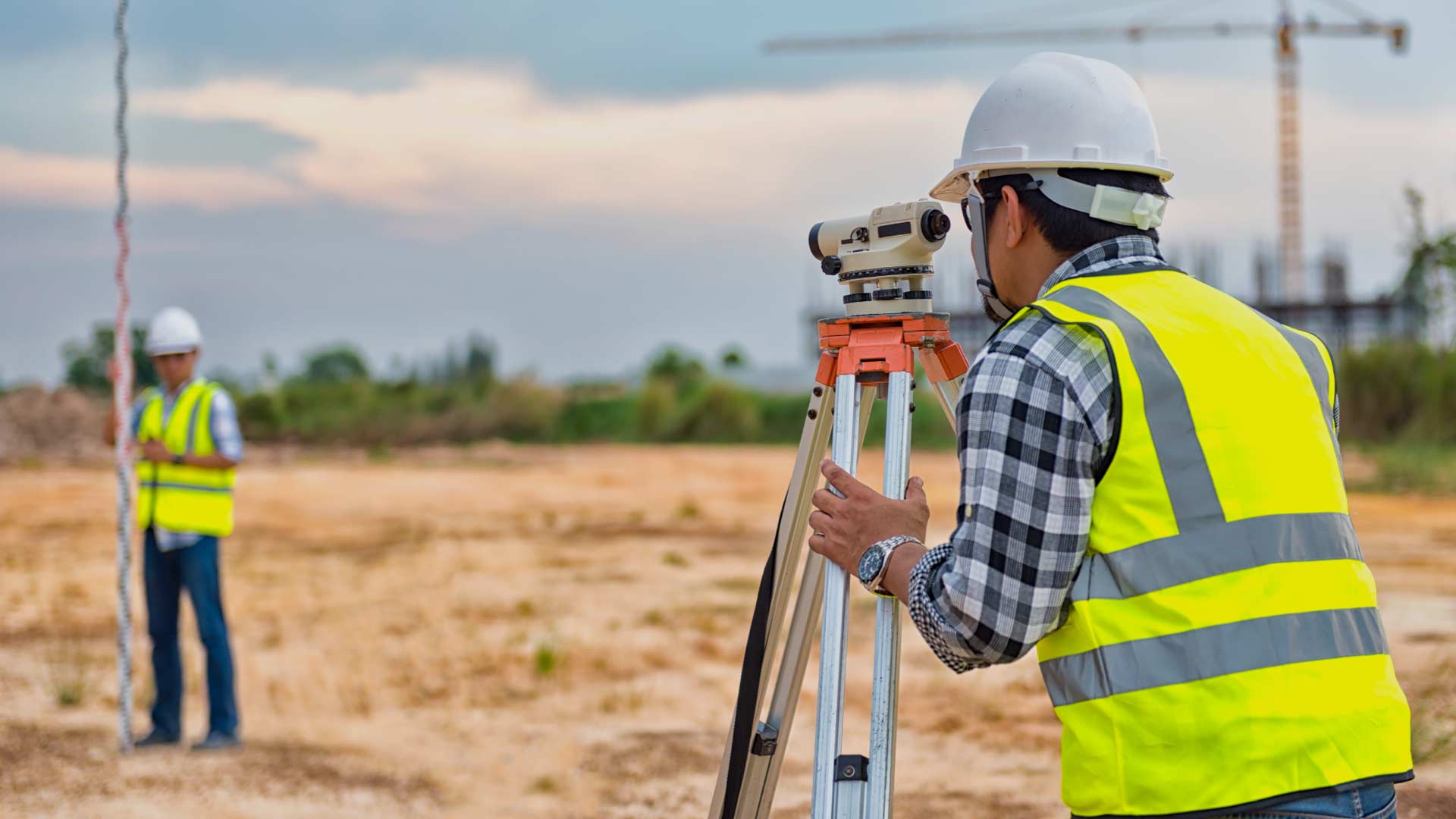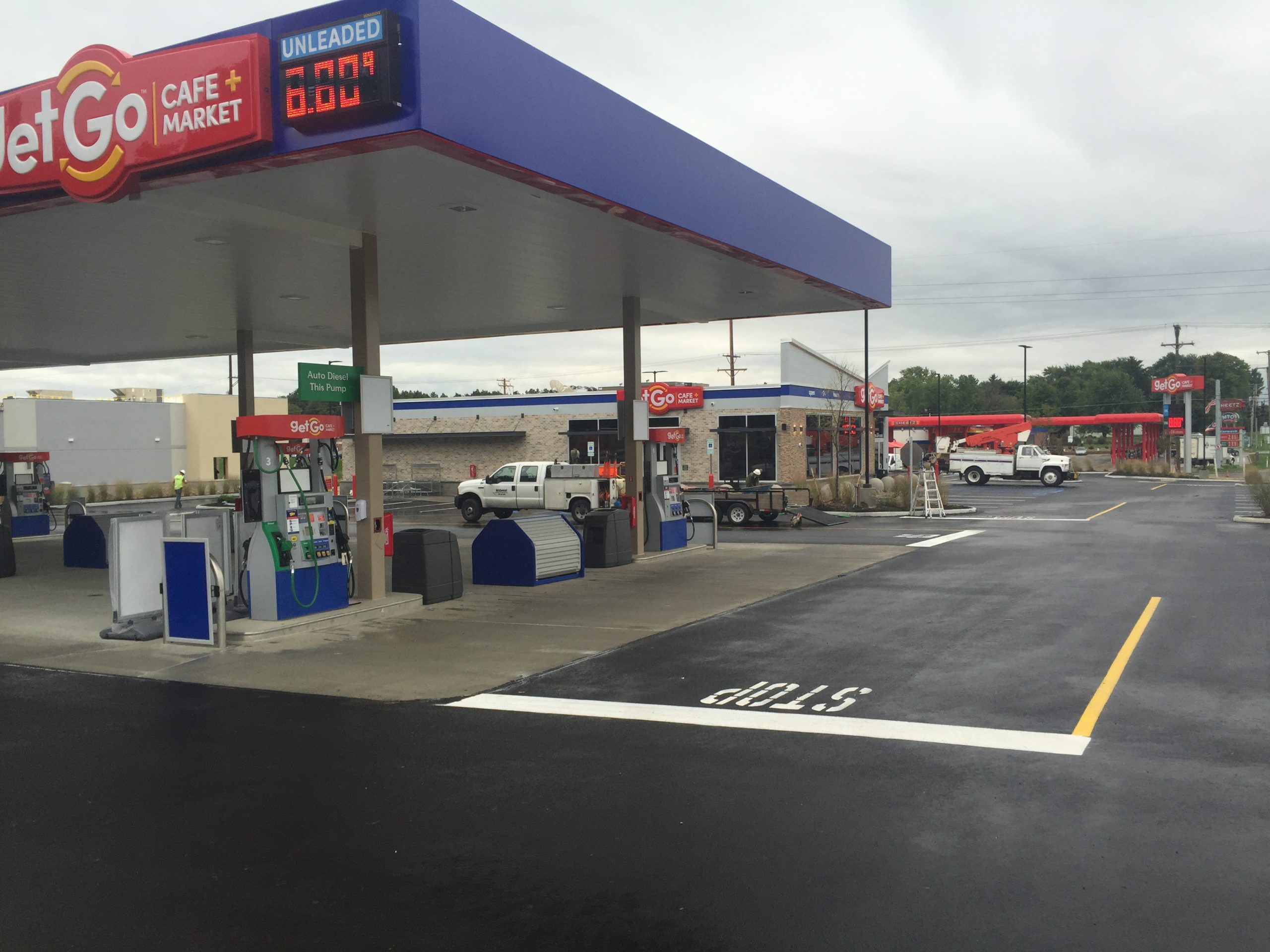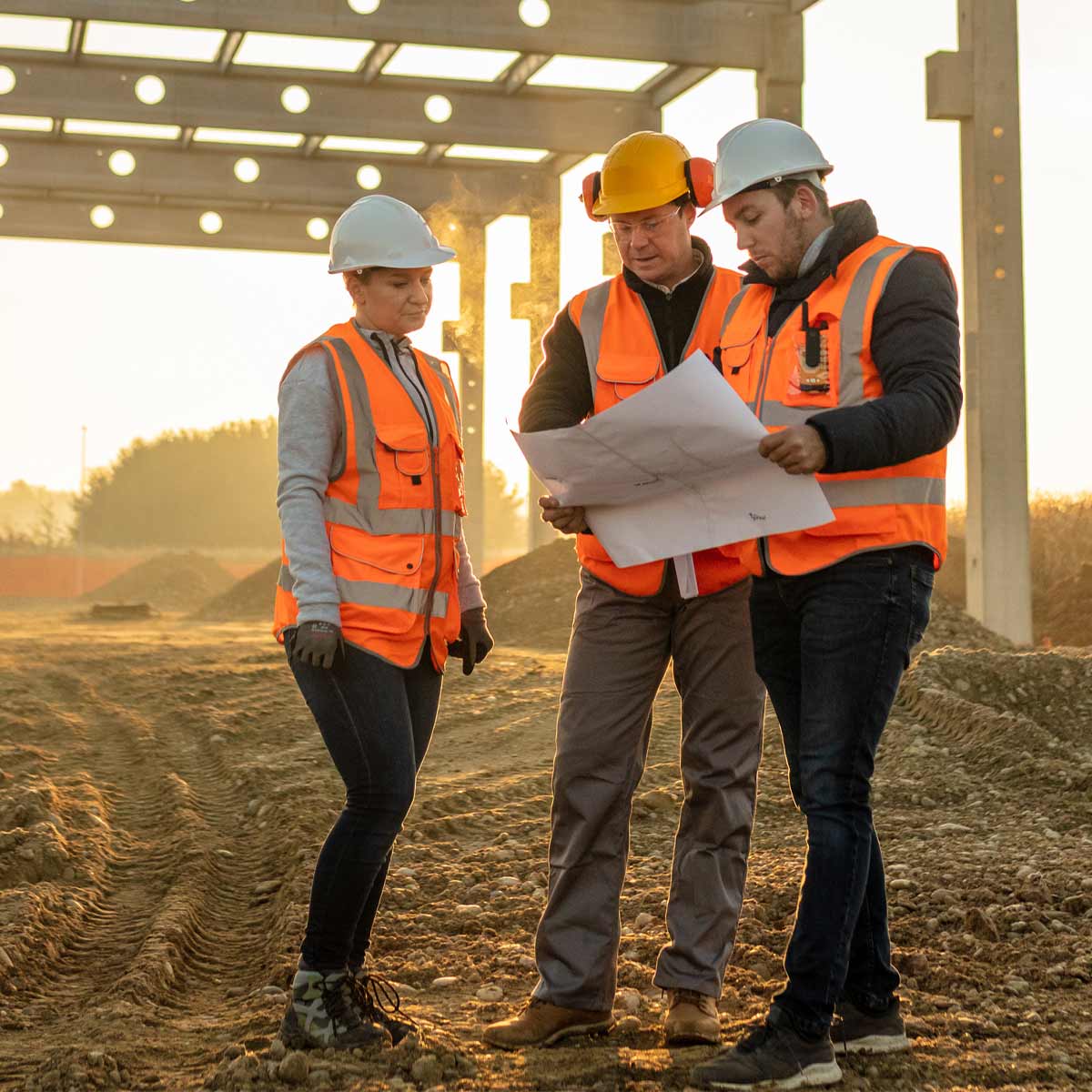From single-tenant projects to the renovation of large mall campuses, the professionals at WallacePancher Group have extensive experience teaming with developers and national retail companies to plan and design a wide array of commercial and retail projects.
The project team includes a number of disciplines, including the development manager, architects, and land development engineers, who effectively collaborate to plan and design a project. The professionals at WallacePancher Group work closely with the municipal authorities to gain project approvals that will facilitate “on-time” construction.
Let the skilled land development engineering professionals at WallacePancher Group help plan and design your next project for the best possible results!


